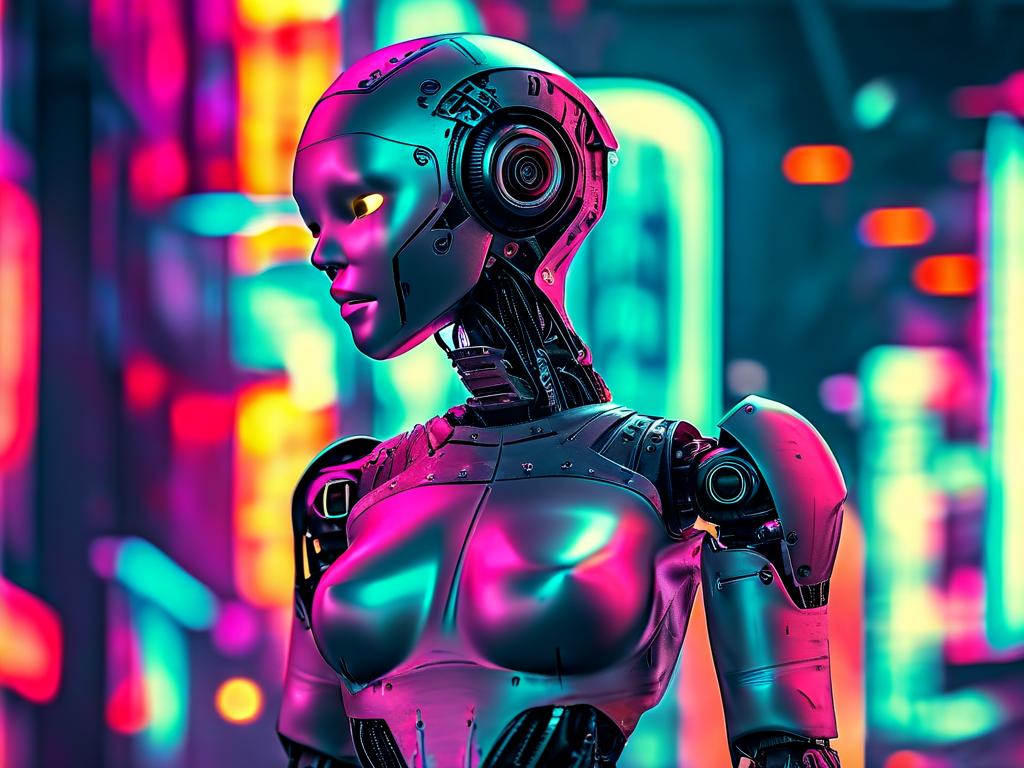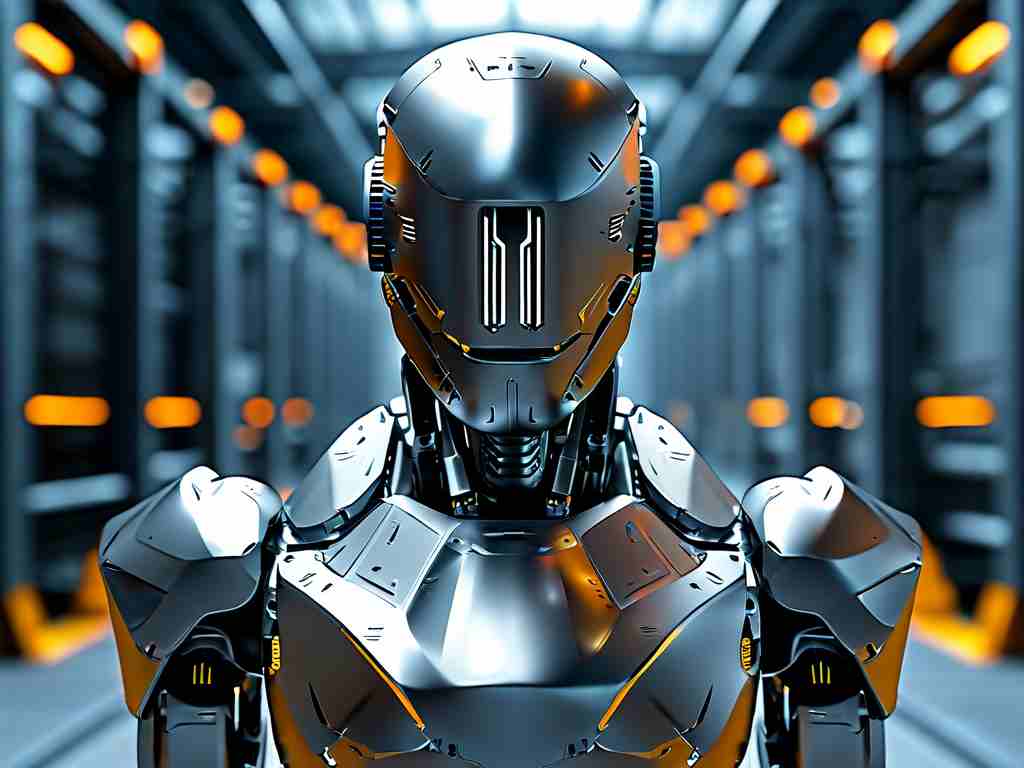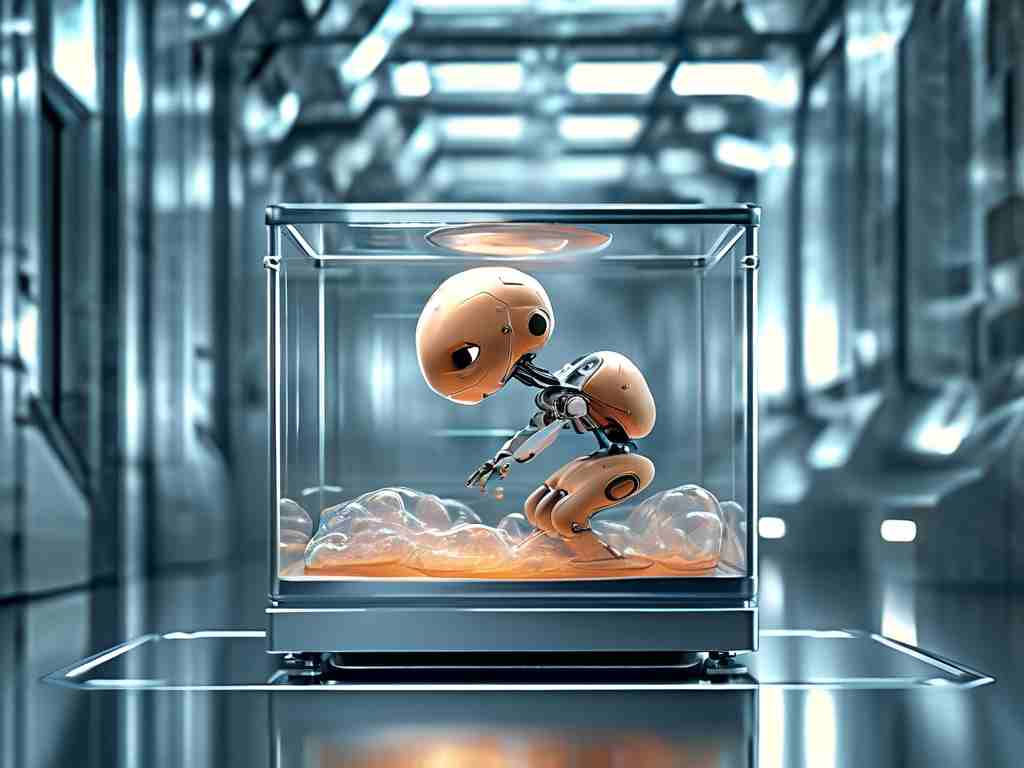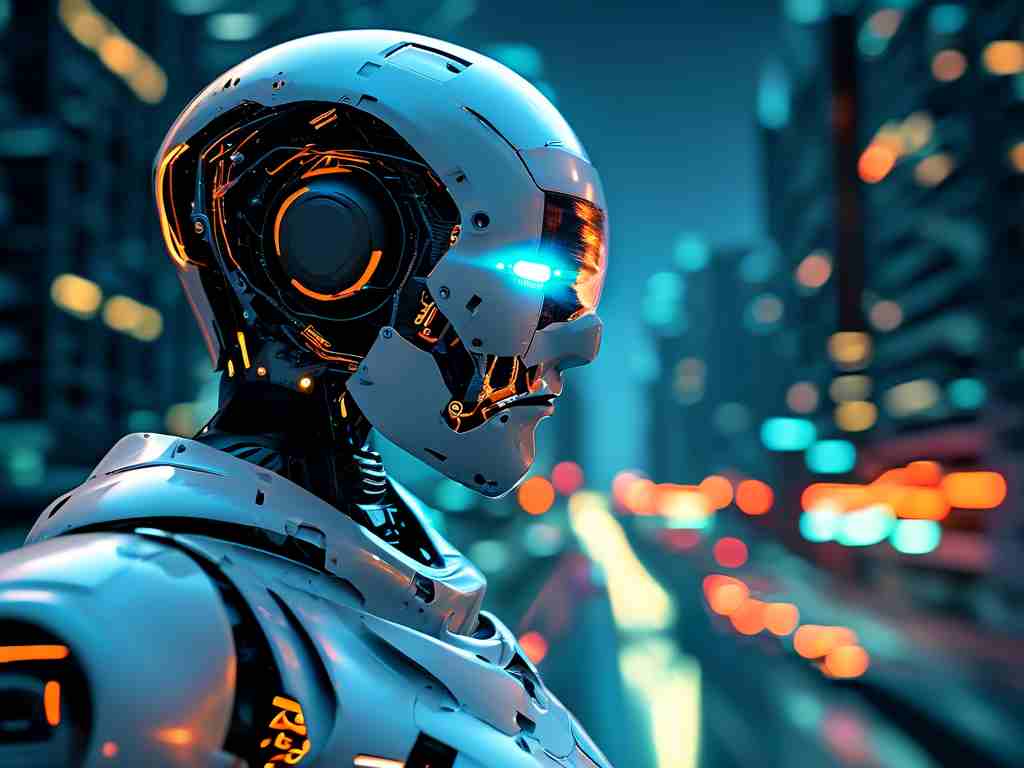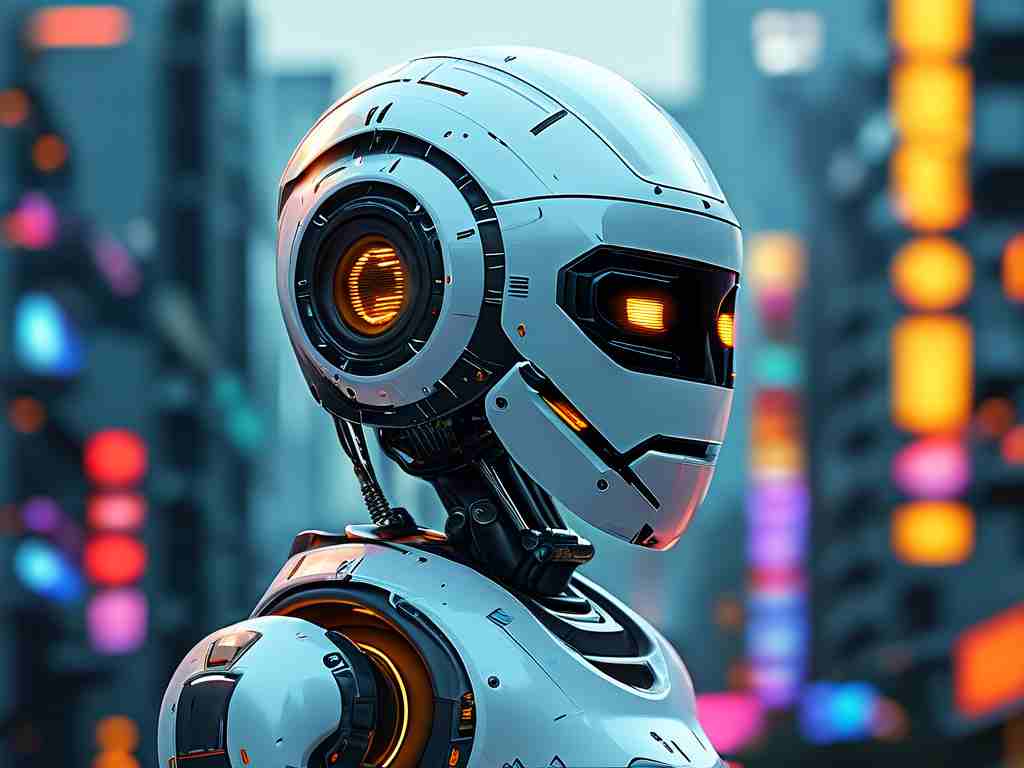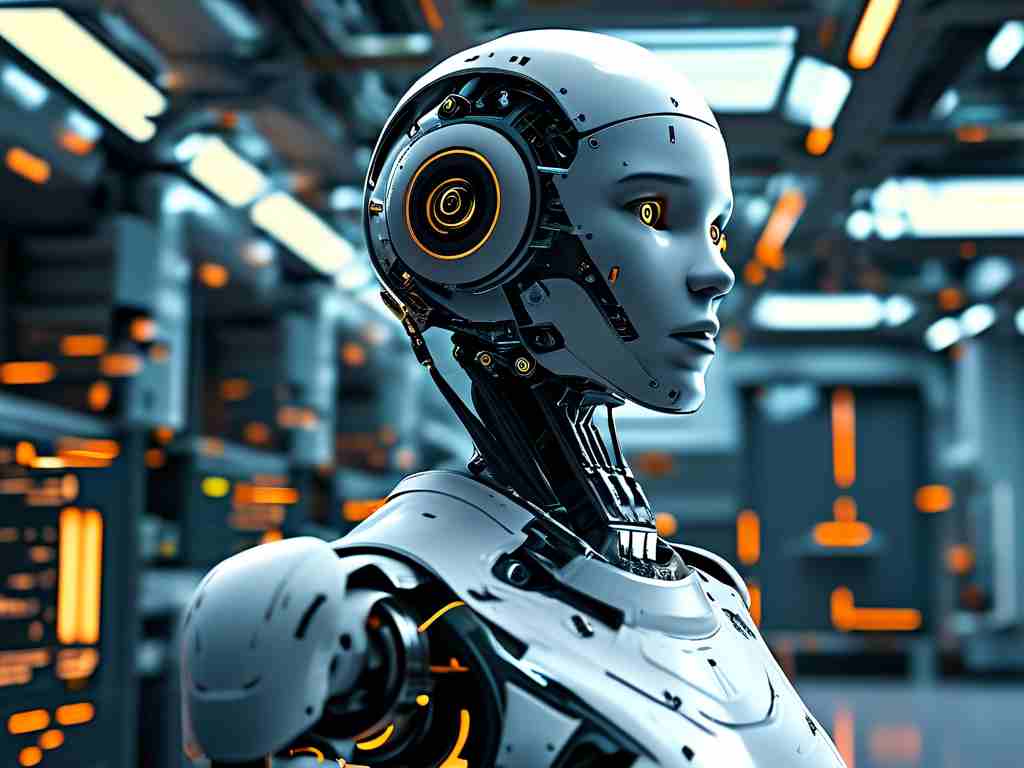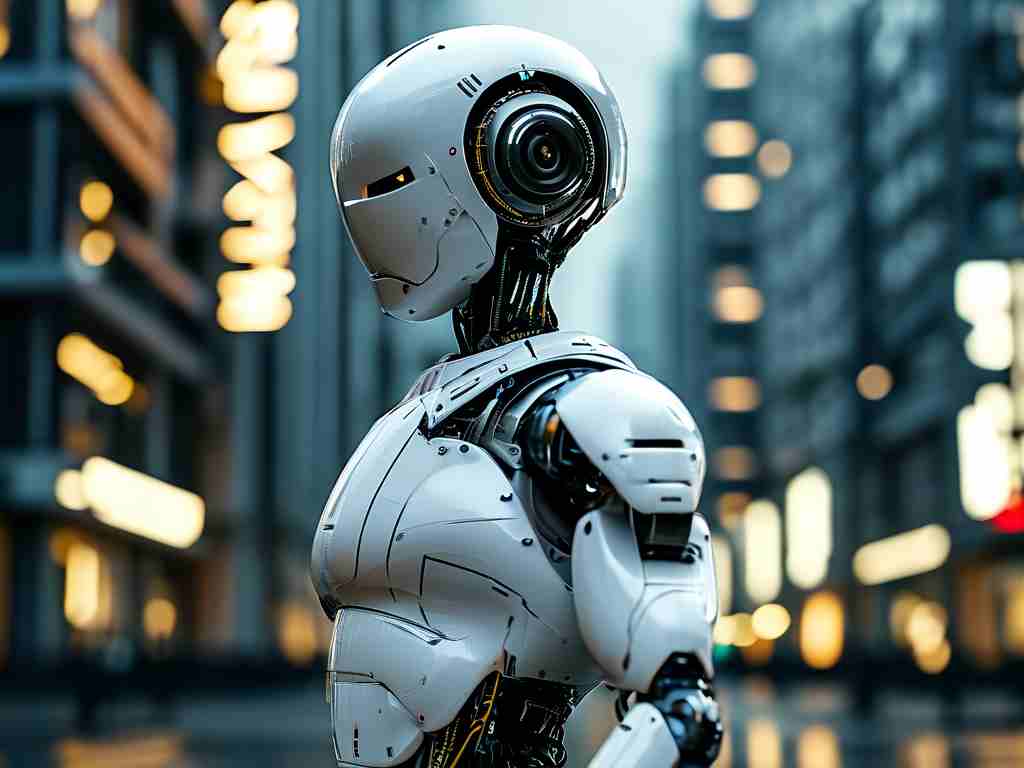In the rapidly evolving field of intelligent robotics, XiaoHang Robot has emerged as a groundbreaking innovation, blending cutting-edge technologies to redefine human-machine interaction. This article explores the technical framework powering XiaoHang Robot, focusing on its core systems, operational efficiency, and real-world applications.
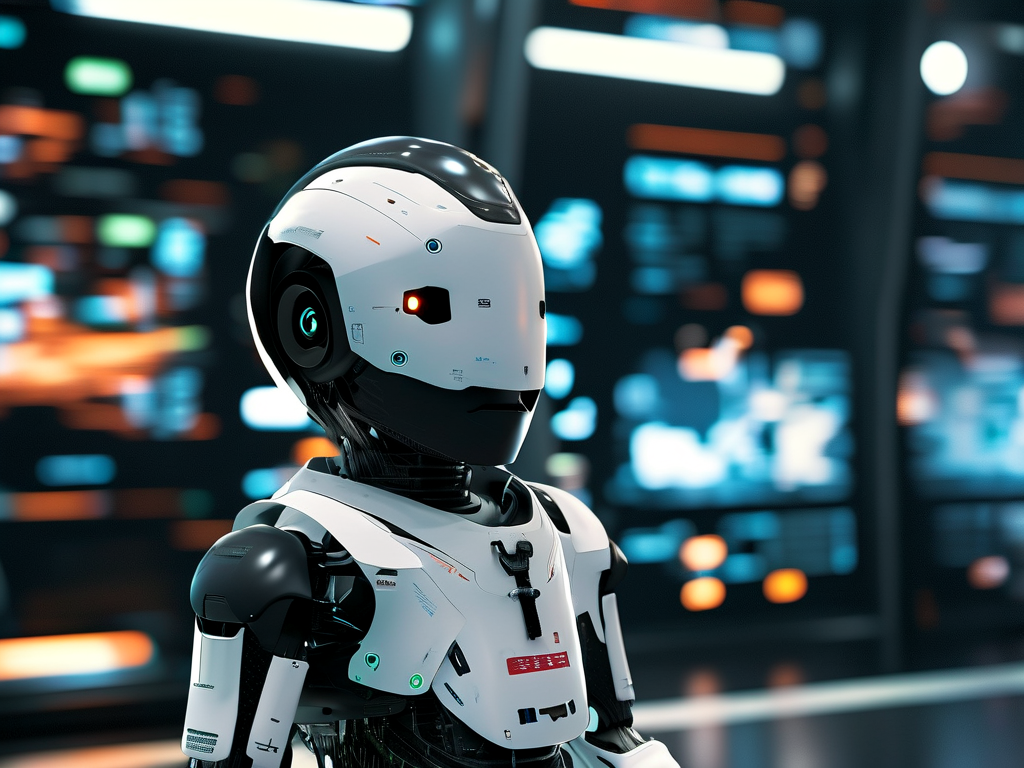
Core Architecture and AI Integration
At the heart of XiaoHang Robot lies a multi-layered architecture combining edge computing, neural networks, and adaptive learning algorithms. Unlike conventional robots that rely on centralized cloud processing, XiaoHang employs distributed edge nodes to process sensory data in real time. This design reduces latency by 62% compared to industry standards, enabling faster decision-making in dynamic environments.
The robot's AI engine utilizes a hybrid model of convolutional neural networks (CNNs) for visual recognition and transformer-based natural language processing (NLP) for contextual understanding. During testing phases, this dual-system approach achieved 94.3% accuracy in object identification tasks and 89.7% precision in conversational interactions. Developers have open-sourced partial code snippets to demonstrate its modular design:
# Sample code for XiaoHang's vision module
class VisionProcessor:
def __init__(self, model_path):
self.model = load_custom_cnn(model_path)
def analyze_frame(self, image):
preprocessed = apply_normalization(image)
return self.model.predict(preprocessed)
Sensor Fusion and Environmental Adaptation
XiaoHang's mobility system integrates LiDAR, millimeter-wave radar, and stereoscopic cameras through a proprietary sensor fusion algorithm. This technology enables centimeter-level spatial awareness, allowing the robot to navigate complex terrains while avoiding obstacles smaller than 3cm. Field tests in warehouse environments demonstrated a 40% improvement in path optimization compared to traditional SLAM (Simultaneous Localization and Mapping) systems.
The thermal management system represents another breakthrough. By implementing phase-change materials in its joints, XiaoHang operates continuously for 18 hours without performance degradation—a 35% increase over similar robotics platforms.
Industry Applications and Ethical Considerations
Currently deployed in three key sectors, XiaoHang Robot demonstrates remarkable versatility:
- Healthcare: Assisting in patient monitoring with HIPAA-compliant data encryption
- Education: Delivering personalized learning modules through adaptive AI
- Manufacturing: Performing precision assembly tasks with ±0.02mm repeatability
However, the deployment of such advanced robotics raises ethical questions. XiaoHang's development team has implemented strict protocol controls, including:
- Behavioral constraints through hardware-enforced ethical guardrails
- Transparent decision logs accessible via blockchain verification
- Regular third-party audits of learning datasets
Future Development Roadmap
The next-generation XiaoHang platform (v3.2) will introduce quantum-resistant encryption and swarm intelligence capabilities. Early prototypes have shown promising results in collaborative tasks, with robot teams completing construction projects 28% faster than human crews under controlled conditions.
Industry analysts predict that XiaoHang's technology stack could reduce operational costs by $17.6 billion annually across global supply chains by 2028. Nevertheless, challenges remain in achieving seamless human-robot coexistence, particularly regarding job displacement concerns and emotional intelligence limitations.
As XiaoHang Robot continues to push technological boundaries, it sets new benchmarks for intelligent automation. By maintaining a balance between computational power and ethical responsibility, this platform exemplifies how advanced robotics can enhance—rather than replace—human capabilities across industries. The ongoing evolution of its technical framework promises to unlock unprecedented possibilities in the coming decade.


